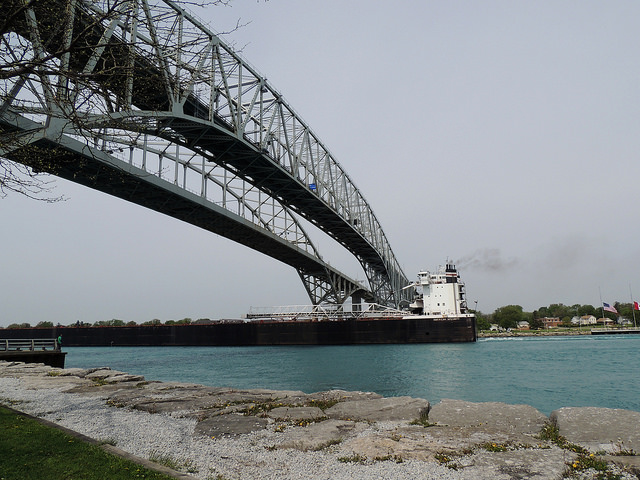
AAM sends its recommendations to the administration’s trade officials.
Your boy Wilbur Ross, the U.S. Commerce Secretary, recently sat down with the Wall Street Journal — and an audience full of people who would show up to such an advertised interview — to discuss the broad contours of the Trump administration’s trade policy.
He touched on trade with China. He touched on Buy America policies. And he went in on the administration’s plans for a renegotiation of NAFTA. Ross specifically talked about how NAFTA’s rules has affected manufacturing:
“Some of its manufacturing provisions are totally obsolete. In automotive, they put in a procedure which in concept is a good one, called rules of origin. Namely, what percentage of the content of a finished product can come from outside NAFTA and yet get the favorable tariff treatment as though it were all 100% from within NAFTA?”
Ross made the same point about rules of origin in an interview with Bloomberg (his segment begins at about the 18 minute mark).
Interestingly enough: The Alliance for American Manufacturing (AAM) submitted to the office of the U.S. Trade Representative its suggestions on how to order a NAFTA renegotiating strategy – and it prioritizes an update of those same “rules of origin” statutes. How about that!
You can read the whole letter here. AAM thinks NAFTA’s labor and environmental standards should be strengthened; concessions on government procurement market access should be entirely reciprocal; and that tough rules on state-owned enterprises and currency manipulation should be enshrined so this agreement can serve as a model for future trade agreements.
As for specifics on rules of origin, AAM wrote:
"While we believe the NAFTA rule of origin on automobiles should be phased in over time to a higher level so that workers in signatory countries can enjoy more of the benefits, we must also update the regional value content rules regarding traced materials to maximize these benefits."
For example:
"Under current NAFTA rules, steel is not a traced material, although many traced materials are steel-intensive. Updating these rules to ensure the use of North American steel in steel-intensive traced materials could stimulate manufacturing in all NAFTA countries, while minimizing the advantages to non-participating nations."
Ross told Bloomberg that in mid-July “we’ll be reviewing to the Congress a more detailed negotiating strategy than we had discussed with them before.” We hope to see some of AAM’s suggestions are taken to heart and included in the Trump administration’s outline.
